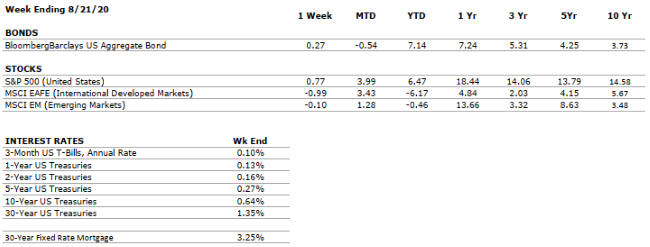Valley National Financial Advisors (VNFA) promoted five team members, including Ryan Mulhearn, CIMA and Michael Warch to the position of Assistant Vice President / Financial Advisor.
Rob Ziobro and Ashley Santiago have been promoted to Assistant Vice Presidents of Technology and Human Resources respectively. Simone Sanvito has been promoted to Senior Associate as part of the firm’s Entry-Level Professional (ELP) program.
Ryan joined the team in 2017 and Mike in 2018, both with several years of industry experience. Since then, they have each mentored with senior members of the team and worked to support clients with their financial planning, tax and wealth management needs.
Ryan and Mike will continue to work collaboratively with their VNFA service teams in addition to managing client relationships as full-time Financial Advisors.
Rob joined VNFA in 2012 for a part-time role that quickly developed into a full-time position. He has most recently served as Director of Technologies, supporting the infrastructure and driving innovation across the firm’s three offices.
Ashley was hired as Director of Human Resources in 2018. She oversees all of the company’s recruiting, development, policies, benefits, training, and enhancements to the employee experience.
Simone was hired as an Associate through the VNFA ELP program in 2018 after completing two summer internships with the firm. The ELP program is designed to integrate entry level associates into the company’s business model giving them the skills, training, education and practice of foundations in financial planning, tax preparation, and investment management.
“Although 2020 has been a trying year for many businesses and individuals, we are so glad that VNFA has been able to keep our staff and clients safe while staying positioned to continue our growth,” said Matt Petrozelli, CEO. “Our client-first culture starts with having the right people in the right roles to serve our clients. These five are just a few examples of the excellence that I continue to see from my team in support of our firm’s mission and values.”

